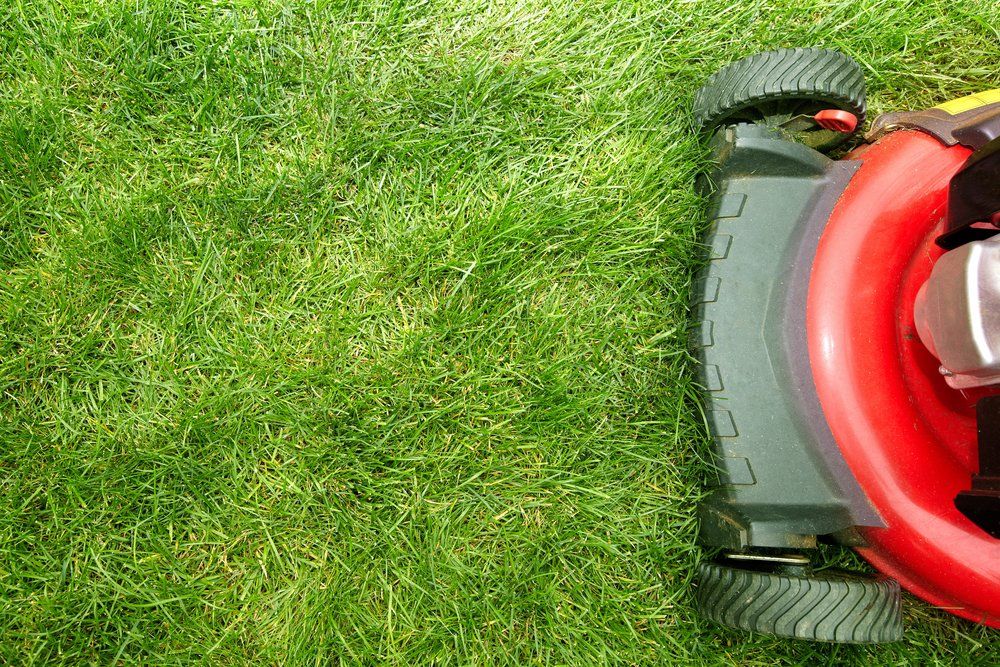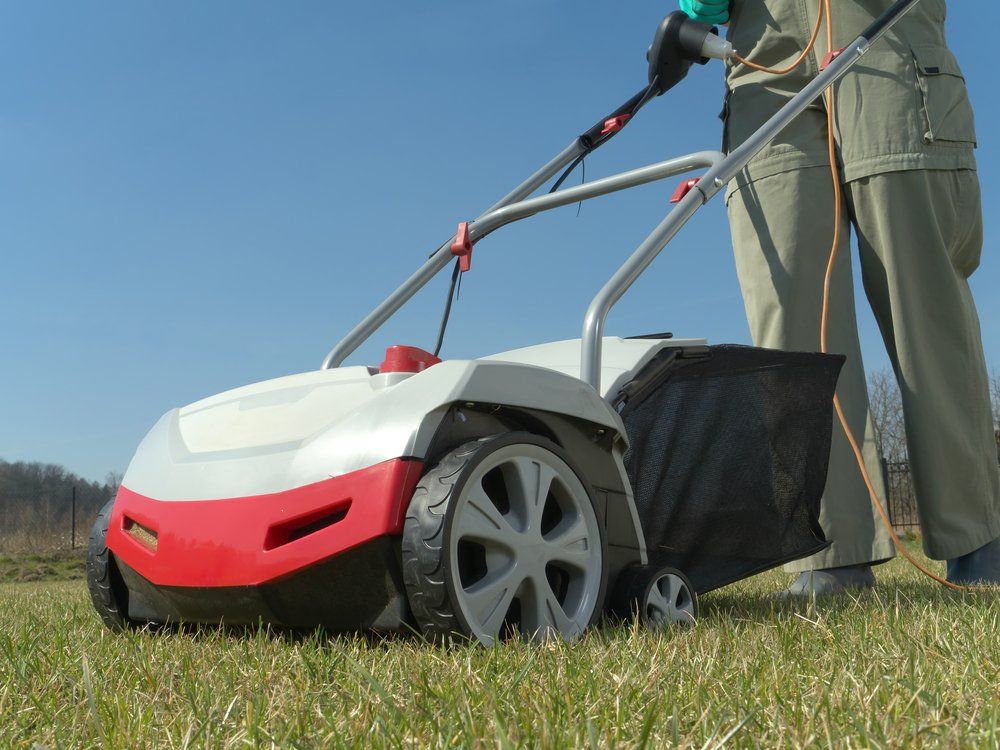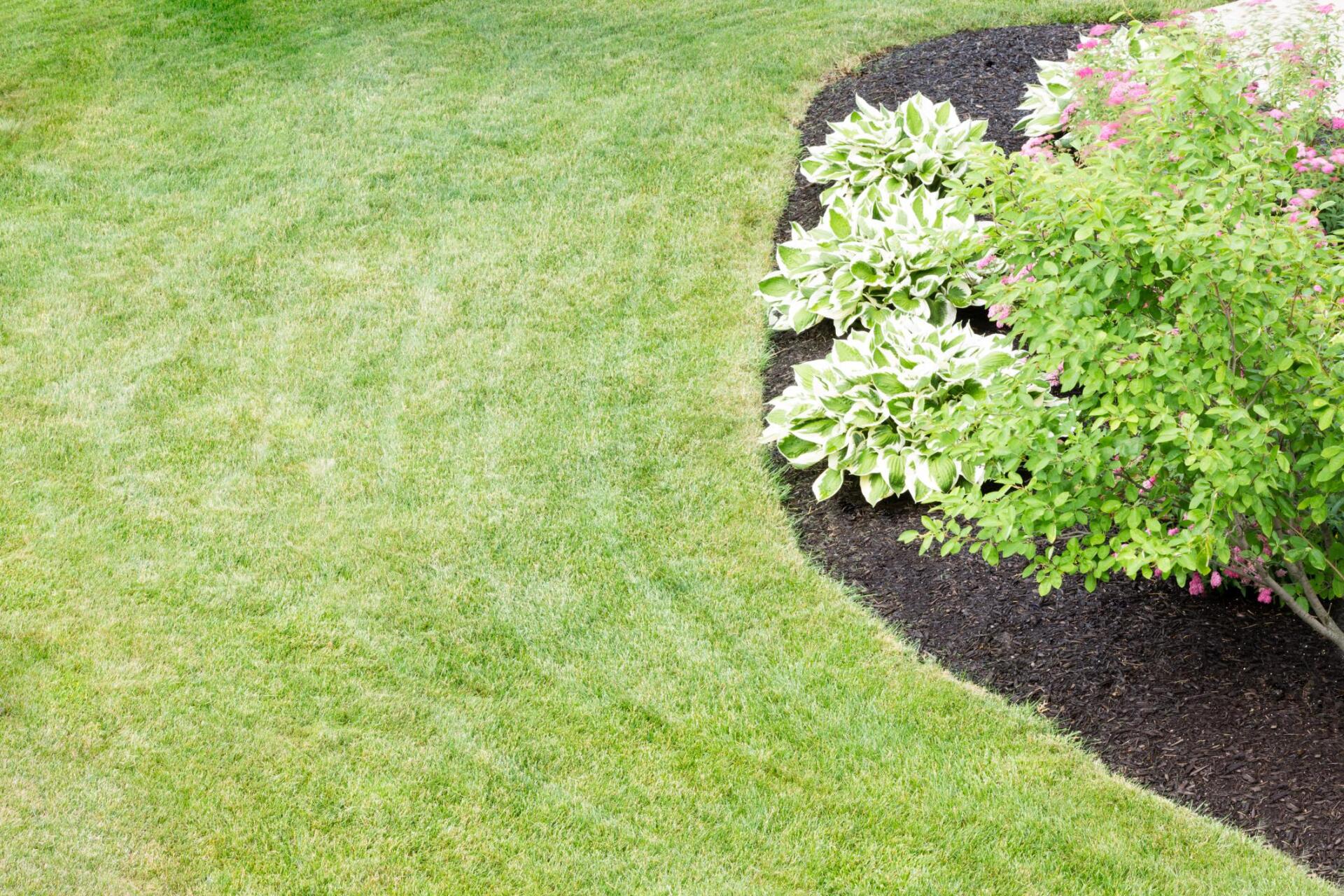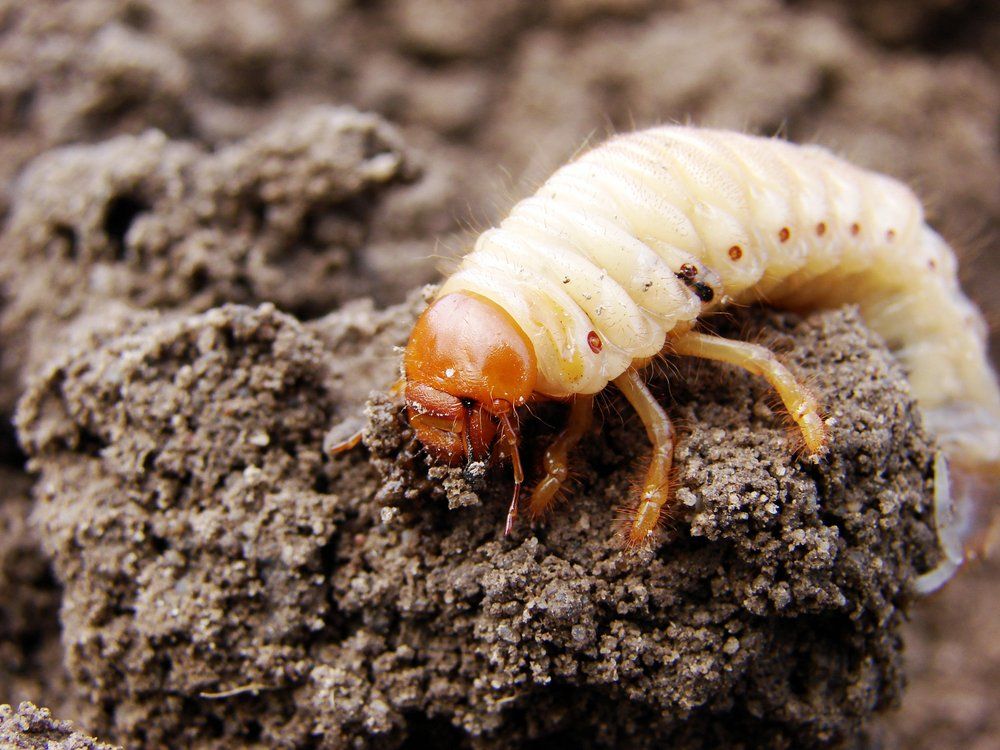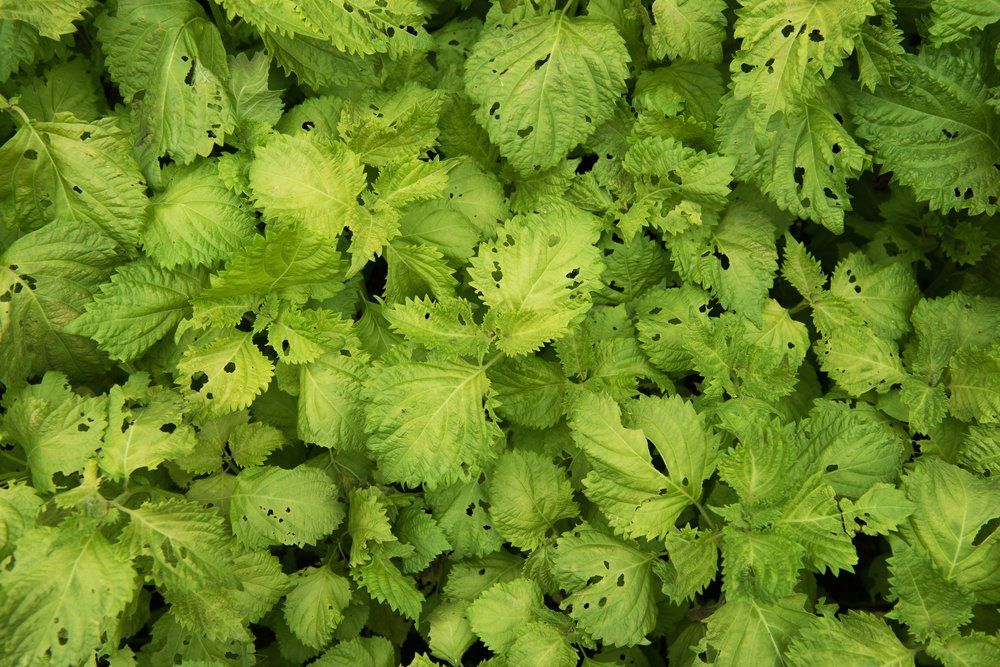All About Clover Lawn Seed In Lincoln Ne
Clover is an attractive lawn alternative, being cost-effective and not needing as much watering, mowing or pest control than grass does. Plus it adds nitrogen back into the soil.
Lawn specialists advise using a combination of clover and grass seeds to achieve optimal results for their lawn. Select an optimal mixture based on climate and geography to get optimal results from this strategy.
Planting
Clover can outcompete weeds and make chemical herbicides unnecessary, while enriching the soil by adding organic matter and nitrogen. When its roots decompose into the ground they leave behind natural fertilizer that keeps your grass healthy while also helping prevent thatch build-up.
Before planting clover, loosen the soil by raking or scraping, then broadcast your seeds evenly using approximately 6-8 ounces per 1000 square feet. You may find that mixing in small amounts of sand or dry kitty litter for easier handling can help ensure an even distribution; alternatively you could combine your seeds with organic compost or manure to help with distribution.
Clover differs from turf grass in that it does not form dense mats when seeded into established lawns; you can instead sow seed directly. Depending on your climate and climate zone, reseeding will likely need to be done every two or three years; for those concerned about having to mow, consider seeding with micro clover which features smaller leaves with less flowers for easy maintenance.
Clover can be planted either in the fall or spring; if overseeding into existing turf, spring is typically best, as this gives clover enough time to establish itself before temperatures turn chilly in fall/winter. Also useful as living mulch around cool-season vegetables/fruit/herb gardens as a cover crop/living mulch against weeds that compete with your garden crops!
Fertilizing
Clover is a legume that "fixes" nitrogen into the soil, providing significant benefits to grasses and other plants. Furthermore, it thrives well in soil that tends to be nitrogen deficient, helping eliminate synthetic fertilizers altogether. Clover also attracts pollinators such as bees that will further bolster your garden.
Clovers can be planted as either an independent lawn or combined with traditional turf grasses to form an enhanced lawn experience. When planted alone, clover typically requires reseeding every two or three years, while when mixed into traditional turf grasses it may last longer although you will still likely need to reseed from time to time.
If planting clover as a standalone, it is recommended that you first rake and loosen thatch from an existing lawn before sowing clover seeds. After working in compost to improve soil conditions and speed up germination processes, The Old Farmer's Almanac recommends broadcasting your seed using either a sifter, bucket lid, or mixing it with sand for easy spreadability.
Before planting clover in your soil, test its pH levels and make any necessary adjustments - clover thrives at a range between 6 and 7. For best results, the soil must also be well tilled, while seed must be fully covered to achieve maximum results. Also keep in mind that clover does not tolerate foot traffic as easily as turf grass so is best used in areas without constant use.
Weed Control
Clover's dense growth can smother many broadleaf weeds, eliminating the need for harmful pre- and post-emergent herbicides as well as spraying. Furthermore, its beneficial insects help eliminate pests naturally reducing chemical control requirements even further. Clover lawns are beautiful, low maintenance lawns that make mowing less of a task compared to grass lawns; with its quick spread and deep roots, clover helps naturally aerate soil while also controlling erosion.
Plus its rapid spread and deep roots naturally aerate it naturally! Compared with grass, clover requires far less upkeep. Plus you may even be able to skip using your mower altogether or only mow when necessary! Clovers add a fragrant bloom that adds vibrant hues to any yard, while micro clover (Trifolium repens var. Pipolina) varieties offer true no-mow lawns measuring only 4-6 inches high. Purple and mint green varieties offer additional options.
If you're seeding a new lawn, planting in spring is ideal to give the clover time to establish itself before winter weather arrives. Or mix clover and other cool-season grasses if that suits you better.
Mixing grass seed with clover can be done either manually, or you can purchase pre-mixed blends like Deer Creek Seed's Eco White Clover Turf Mix. When mixing yourself, be mindful to separate both seeds as clover tends to clump and leave yellow spots behind in your lawn.
Watering
Clover can blend well into lawn mixtures of most grass species, as well as being suitable for different soil types. Clover helps resist thatch buildup and eliminates the need for core aeration - saving both money and time! Plus it adds color and attracts pollinators like bees and butterflies!
Establishing a clover lawn requires starting with fresh seeds mixed with compost or soil for improved germination, then sowing evenly at an approximate rate of 6-8 ounces per 1,000 square feet. Water them regularly until germination occurs and then sparsely thereafter.
Clover plants are known as nitrogen fixers, meaning that they absorb nitrogen from the air and convert it to forms that other plants in your garden can utilize. Clover does this with help from Rhizobia bacteria found in its roots - meaning you can reduce fertilizer costs with an clover lawn as they require less nitrogen fertilizers.
Keep in mind that clover often goes dormant over winter, leaving behind bare patches of soil where weeds can thrive. Therefore, many prefer planting a mixture of both clover and grass in cold-winter areas rather than 100% clover alone.


